Expansion of the Automotive Sector
The Cable Connector Market is significantly influenced by the expansion of the automotive sector, particularly with the rise of electric vehicles (EVs). As automakers increasingly integrate advanced electronic systems into their vehicles, the demand for reliable and efficient cable connectors has escalated. The automotive industry is projected to witness a substantial increase in the adoption of EVs, with estimates suggesting that by 2030, electric vehicles could account for over 30% of total vehicle sales. This shift necessitates the development of specialized connectors that can handle higher voltages and currents, ensuring safety and performance. Furthermore, the integration of smart technologies in vehicles, such as infotainment systems and advanced driver-assistance systems, further drives the need for innovative cable connectors. Thus, the automotive sector's growth presents a lucrative opportunity for stakeholders in the Cable Connector Market.
Increased Focus on Renewable Energy
The Cable Connector Market is poised for growth due to the increased focus on renewable energy sources. As countries strive to meet sustainability goals, investments in solar and wind energy projects are on the rise. This shift towards renewable energy necessitates the use of specialized cable connectors that can withstand harsh environmental conditions and ensure efficient energy transmission. Recent data indicates that the renewable energy sector is expected to grow at a compound annual growth rate of approximately 8% over the next decade. This growth is accompanied by a demand for connectors that facilitate the integration of renewable energy systems into existing grids. Manufacturers are thus innovating to produce connectors that not only meet performance standards but also align with environmental regulations. The emphasis on renewable energy presents a significant opportunity for growth within the Cable Connector Market.
Rising Demand for High-Speed Connectivity
The Cable Connector Market is experiencing a surge in demand for high-speed connectivity solutions. As industries increasingly rely on high-bandwidth applications, the need for advanced cable connectors has become paramount. This trend is particularly evident in sectors such as telecommunications and data centers, where the requirement for faster data transmission is critical. According to recent data, the demand for high-speed connectors is projected to grow at a compound annual growth rate of over 10% in the coming years. This growth is driven by the proliferation of 5G technology and the expansion of fiber optic networks, which necessitate the use of specialized cable connectors. Consequently, manufacturers are focusing on developing innovative products that meet these evolving requirements, thereby enhancing their competitive edge in the Cable Connector Market.
Growing Adoption of Internet of Things (IoT)
The Cable Connector Market is witnessing growth driven by the increasing adoption of Internet of Things (IoT) technologies. As more devices become interconnected, the need for reliable and efficient cable connectors has intensified. IoT applications span various sectors, including smart homes, industrial automation, and healthcare, all of which require robust connectivity solutions. Recent estimates suggest that the number of connected devices could reach over 30 billion by 2030, creating a substantial demand for cable connectors that can support diverse applications. This trend is prompting manufacturers to develop connectors that are not only versatile but also capable of handling the unique requirements of IoT devices, such as miniaturization and energy efficiency. Consequently, the growing IoT landscape presents a promising opportunity for stakeholders in the Cable Connector Market.
Technological Innovations in Connector Design
Technological innovations in connector design are driving transformation within the Cable Connector Market. The advent of new materials and manufacturing techniques has led to the development of connectors that are lighter, more durable, and capable of handling higher frequencies. These advancements are particularly relevant in sectors such as telecommunications and consumer electronics, where performance and reliability are critical. For instance, the introduction of modular connectors allows for greater flexibility and customization, catering to the specific needs of various applications. Furthermore, the integration of smart technologies into connectors, such as built-in diagnostics and monitoring capabilities, enhances their functionality. As industries continue to evolve, the demand for innovative connector solutions is likely to increase, positioning manufacturers who invest in research and development favorably within the Cable Connector Market.
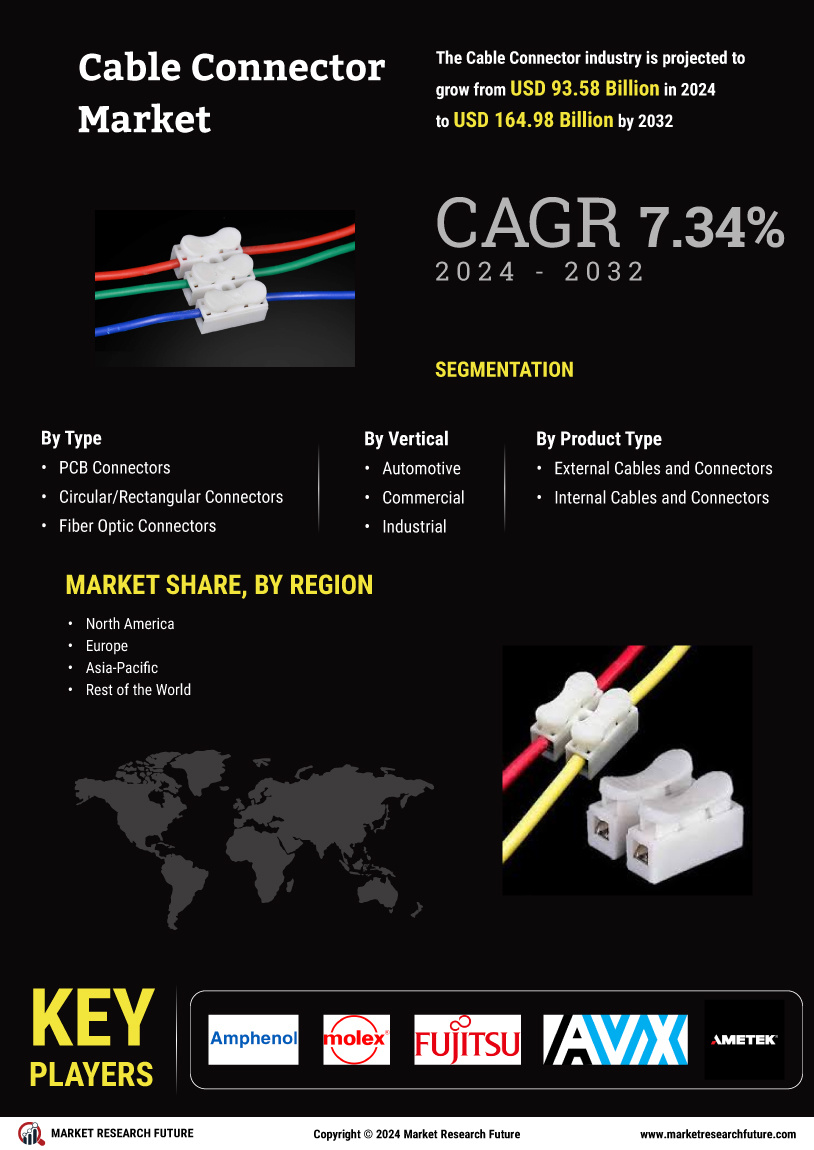
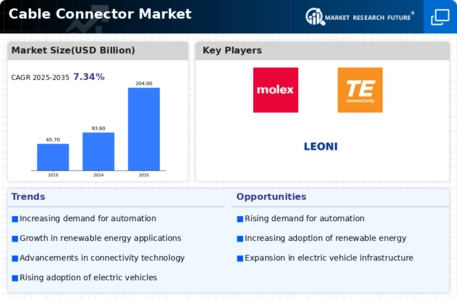
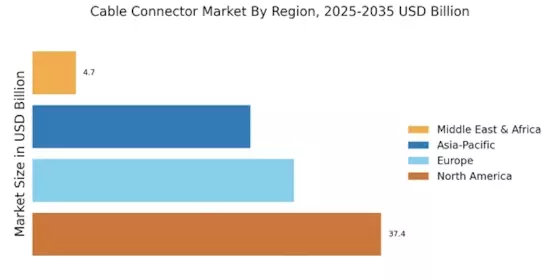
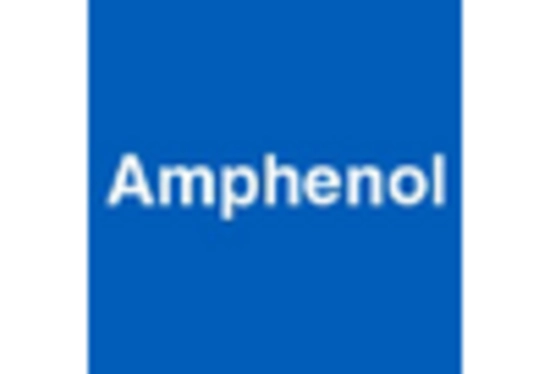
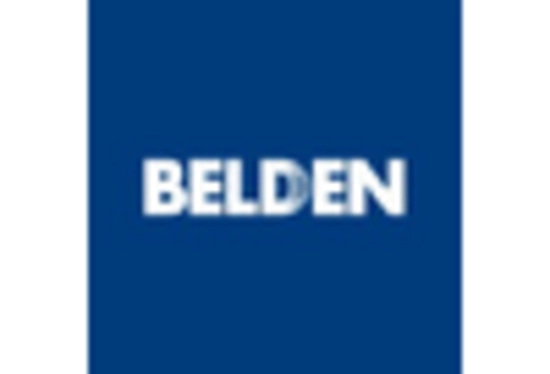
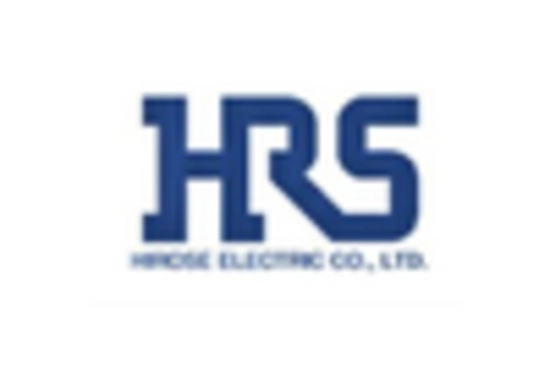
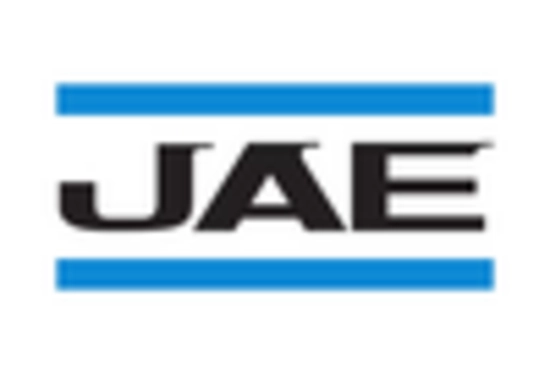
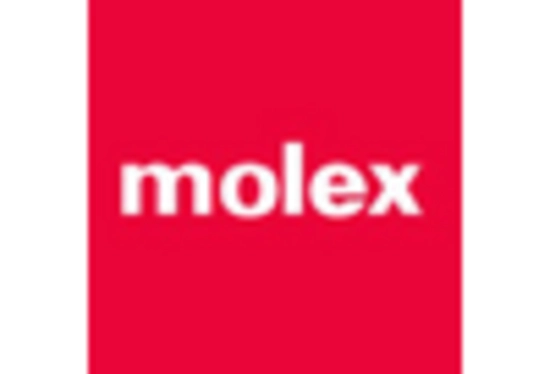
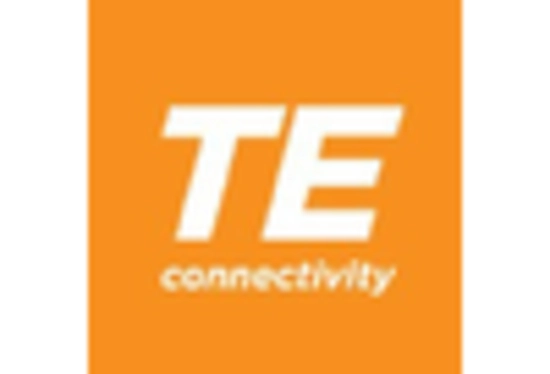








Leave a Comment